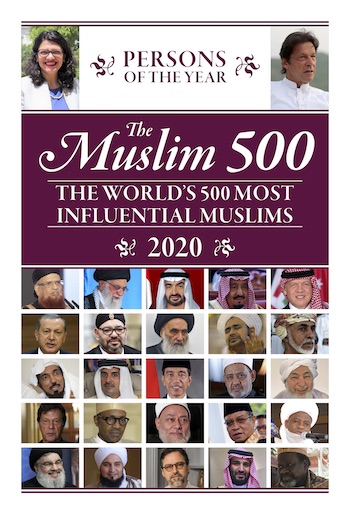Quranic Pictures of the Universe by Osman Bakar
UBD Press and Islamic Book Trust
Review by Maryam Latifah Osman
This book, a recent work by Osman Bakar, presents a new study of one of the major themes of the Qur’an. The theme of Qur’anic Pictures of the Universe treated here pertains to as yet a little explored facet of Islamic cosmology. Through this particular thematic study of the Qur’an the author has made a significant contribution to the contemporary understanding of the scriptural foundation of Islamic cosmology and the present discourse on epistemology of scientific exegesis (tafsir ‘ilmiy) of the Qur’an. The book offers many new insights that will prove particularly helpful to those interested in deepening their understanding of Qur’anic perspectives on cosmology, the natural sciences, and relationship between religion and science.
This book explores the multiple visions of the Universe as perceived through the lens of the Qur’an. Although the Qur’an’s visions of the Universe are many and varied, this book only discusses five of them, which its author maintains are not only the most visible but also among the easiest to understand. Each vision of the Universe produces what the author refers to as its corresponding picture. Each picture takes a distinctive shape that may be visualized in the mind through the interpretation of a set of related verses of the Qur’an that appear as displaying conceptual coherence and thematic unity not only among themselves but also with other pictures of the Universe.
The first picture presented to readers is what is referred to by the author as the “the astronomical picture.” This picture depicts the Universe as “a vast celestial space-time complex that is constituted of such cosmic entities as planetary and stellar systems, galaxies and constellations governed by laws.” The second picture is described as “the architectural picture.” It depicts the Universe as a divine work or “edifice with a solid construction, a perfect architectural design, and a beautiful ornamentation.” The third picture is presented by the author as the picture of “the divine kingdom” in which there is perfect governance, law and order. The kingdom “extends from the Divine Throne (al-‘arsh) to the furthest region of the material world where the planet Earth, the home of God’s vicegerents, namely the human species, is situated.” The fourth picture depicts the Universe as a hierarchy of light and darkness. The fifth picture is described as “the microcosmic” picture, which depicts human being as “a perfect replica of the whole Universe.”
The author argues that this study of the Qur’anic pictures of the Universe may justifiably be viewed as a work on scientific exegesis (tafsir ‘ilmi) of the Qur’an. A sequel to this volume is under preparation, which contains other Qur’anic pictures of the Universe to marvel at.


